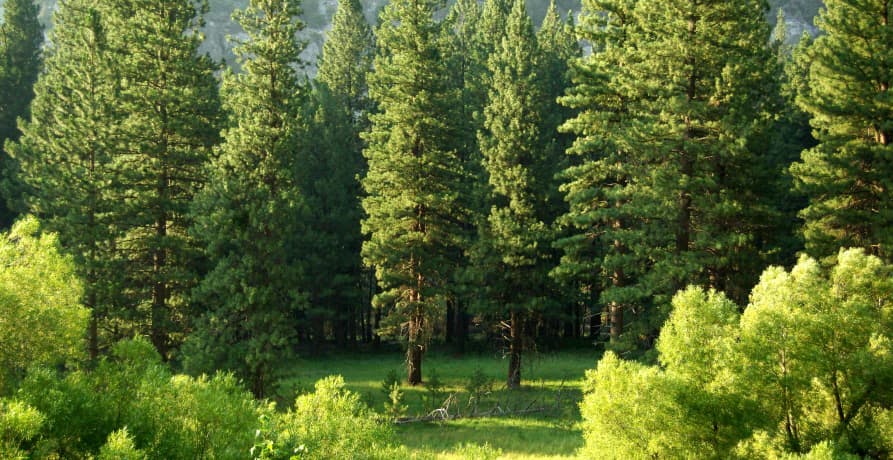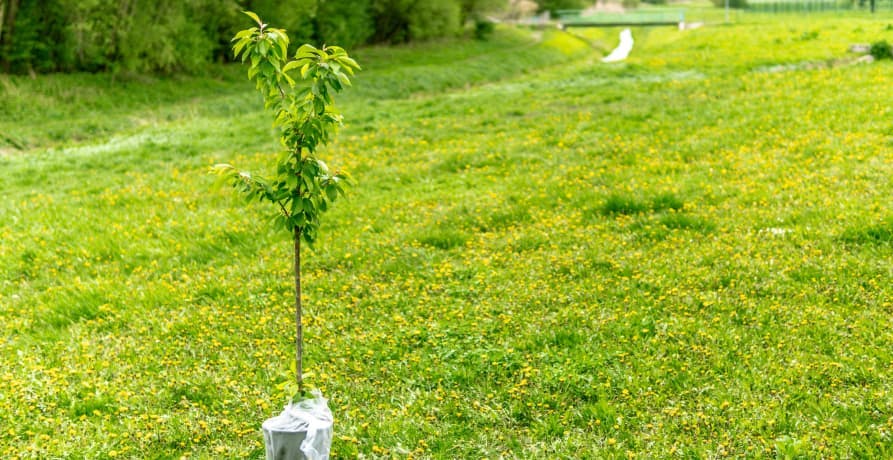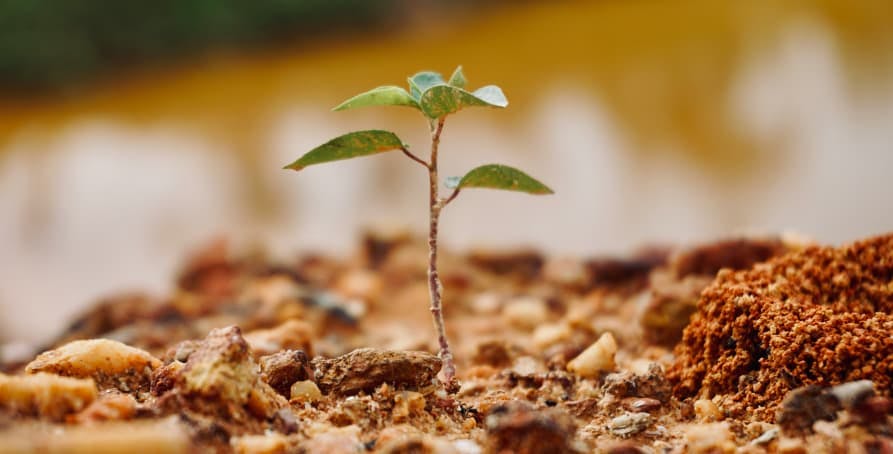
What are the 3 Pillars of Corporate Sustainability?
In this article, we'll explore what the 3 pillars of corporate responsibility are, why they're important, and how businesses can turn them into practical action.
ESG / CSR
Industries



Almost everyone has heard how tree planting can help the environment and mitigate the effects of climate change, but is tree planting really as simple as we’ve made it out to be?
It’s true that tree planting can help to improve our air quality, absorb excess carbon dioxide, and support wildlife and biodiversity – but tree planting requires thoughtful planning and execution to prove successful.
In this article, we’ll explain why tree planting is important, 5 things to know about tree planting, and how climate change impacts the future of tree planting.
Tree planting refers to the process of transplanting seedlings to a bigger area in order to contribute to reforestation or other forestry purposes.
Besides being used as a viable tactic to help fight climate change, tree planting is also done for the following reasons:
💡 Remember, tree planting is different from transplanting as tree planting refers to putting younger seedlings into the ground and transplanting refers to moving a mature tree from one place to another.

Tree planting is important, especially in the midst of climate change, seeing as trees help to purify our air, improve water quality, and can even help to support mental health.
Here are some of the benefits of tree planting and why it's important:
👉 Tree planting is important as it can help to fight climate change – but also seeing as it can help to improve our overall quality of life.

There are an abundance of things to know about tree planting before you get started, but we’ve picked out 5 of the most important things to know about tree planting to help you in your new tree planting journey.
Here are 5 things to know about tree planting:
Just as when building a house, it’s important to have a strong foundation with sturdy pillars and base construction. The same goes for tree planting, as excellent soil conditions are crucial to ensuring that your tree planting will be successful long-term.
Healthy soil is often ignored even though it is one of the most imperative components to tree planting, as trees can’t grow without sufficient amounts of oxygen and water – both of which soil often helps to provide.
💡 Soil conditions vary depending on the region and climate, therefore – it is wise to conduct a soil test prior to choosing a location for tree planting.
Before even venturing down the road of tree planting, it’s important to consider how much space you have – as all trees will require different amounts of space as they reach full maturity.
In addition to this, tree location isn’t just important for choosing the right soil conditions or to accommodate the eventual size of your tree – but to allow for maximum sunlight to reach your future trees, too.
Of course, this will depend on the exact tree species you choose – but certain trees will require more sunlight, rockier terrain, or loose soil to thrive. Therefore, it is imperative to study the type of tree you plan on planting and to learn which conditions, and ultimately, locations, will prove most suitable for your trees.
👉 Even if everything else goes right in tree planting, location choice can make or break the success of your tree planting endeavor – as poor weather conditions or terrain could compromise the vitality of your trees and put them at risk of needing to be cut down all together. This could ultimately contribute to deforestation and even more GHG emissions.
It’s true that you should remain mindful of which type of tree you choose to plant in the event the property must be sold later on, but people’s tree preference shouldn’t be the first thing that comes to mind when tree planting.
Birds, insects, and more rely on trees for food, shelter, and overall survival. Therefore, it isn’t a bad idea to look up which birds, insects, and invertebrates are most common in the region where you plan on tree planting – as helping to support these species and ecosystems can boost biodiversity and help climate change, too.

Many people are preoccupied with how much sunlight their trees or plants get, but all of that sunshine is nothing without sufficient water intake.
💡 It is crucial to ensure that your new tree is receiving ample amounts of water, as this sets your tree up for a strong foundation from the start.
However, it is important to remember that during the dormant stage of trees (often occurring during winter when there is less sunlight for photosynthesis) – trees don’t need as much water, and should be kept moist at best.
Watering is most important once the buds break and leaves have fallen off, but the amount of water each tree needs will depend on the temperature, amount of rainfall, and soil conditions in the region where you’ve planted your trees.
If tree planting seems overwhelming, there are real professional tree planters that work year-round to plant new trees!
Therefore, in the event tree planting ever becomes too daunting, help or advice from professional tree planters can easily be found online – or even be recruited for future tree planting projects.
The National Forest Foundation has cultivated a team of tree planting experts which work on different areas of tree planting every day of the year across various regions of the United States to support healthy tree growing.
For instance, reforestation projects taking place in the West and Midwest of the U.S. follow a stricter timeline – but some regions such as the southeast may have delayed tree planting projects to accommodate different weather conditions.
👉 Ultimately, there are a lot of factors to consider when tree planting – but the long-term benefits of tree planting are well-worth the extensive planning and strategic execution required.

Climate change affects tree planting as weather patterns have become more inconsistent and insufferable and surrounding ecosystems have changed as a result of climate change.
💡 Evidently, climate change has been impacting trees for quite some time – but now, temperatures are rising at an unprecedented rate at which trees can no longer easily adjust.
The main reason why climate change has continued to impact trees is because sunlight and water are two of the main components necessary for successful tree planting, and when extreme weather conditions such as droughts, floods from lengthy storms, or excess sunshine from heat waves occur – trees are met with less than ideal conditions.
Here are some of the ways climate change impacts tree planting:
👉 All in all, climate change presents unfavorable conditions for tree planting – and as global temperature continue to increase, tree planting will prove even more difficult in helping to combat excess emissions.
While planting trees is beneficial for both the climate and humans, it shouldn’t be our primary method to mitigate climate change or the excess emissions we’ve created – as it’s pivotal to tackle our carbon dioxide and greenhouse gas emissions from the source.
It’s true that trees help to absorb 16 billion metric tons of CO2 every year, but we should allocate the pressure of tree planting to fix this insurmountable amount on its own. We should all take responsibility to reduce our carbon footprint, and view tree planting as a supplement to our future sustainable actions.
If reading this article about tree planting has made you interested in reducing your carbon emissions to further fight against climate change – Greenly can help you!
At Greenly we can help you to assess your company’s carbon footprint, and then give you the tools you need to cut down on emissions. We offer a free demo for you to better understand our platform and all that it has to offer – including assistance with boosting supplier engagement, personalised assistance, and new ways to involve your employees.
Click here to learn more about Greenly and how we can help you reduce your carbon footprint.